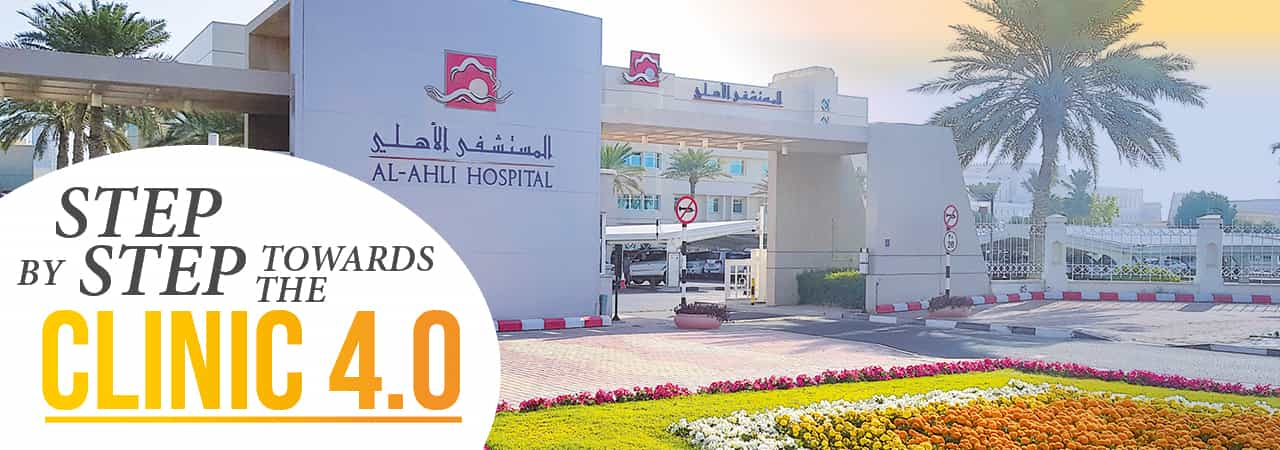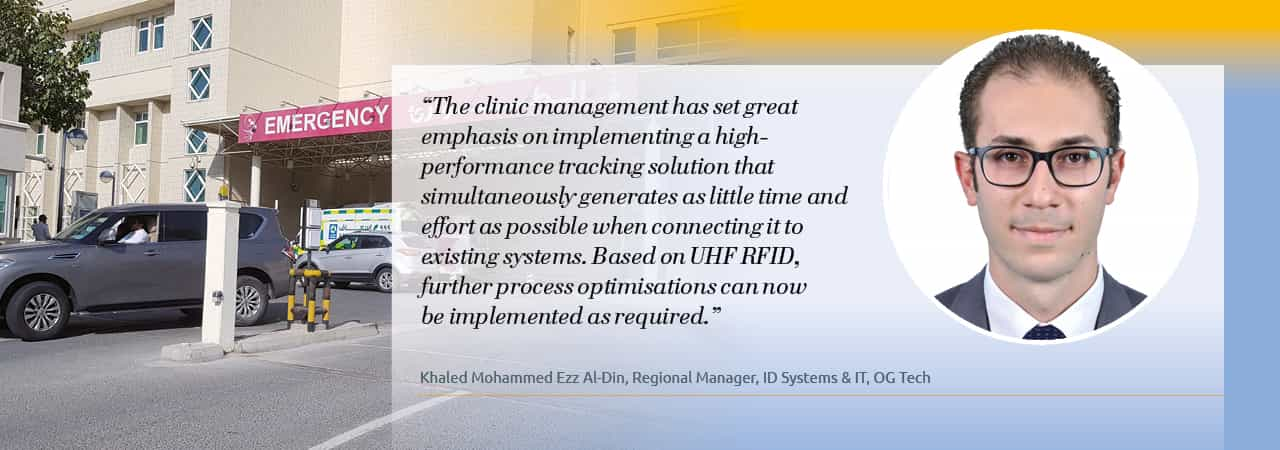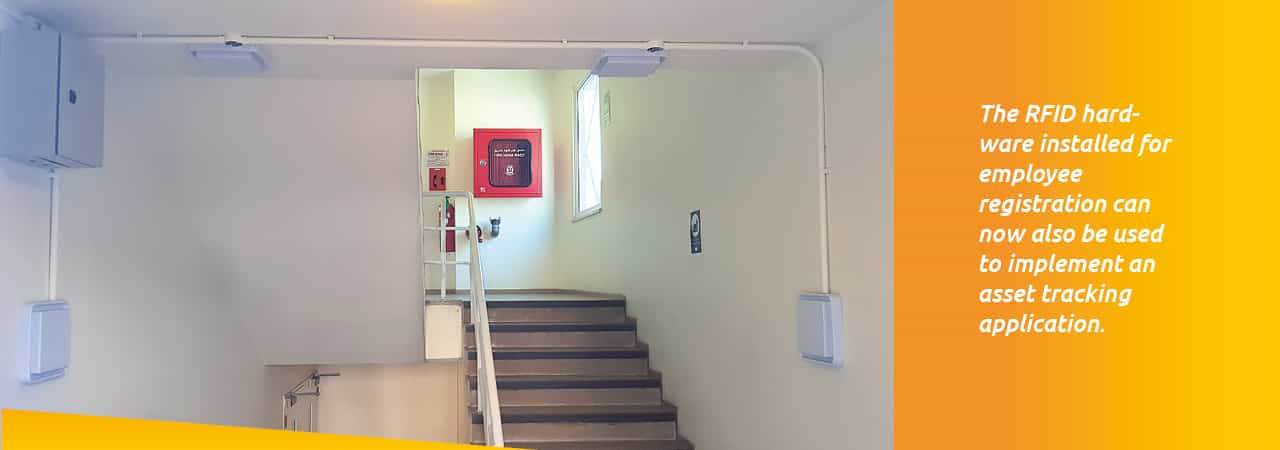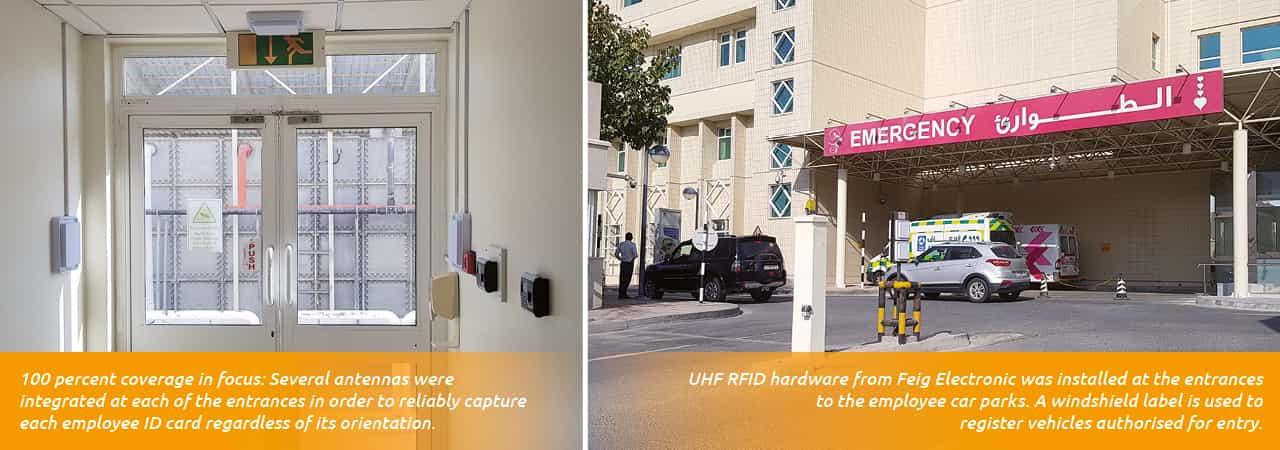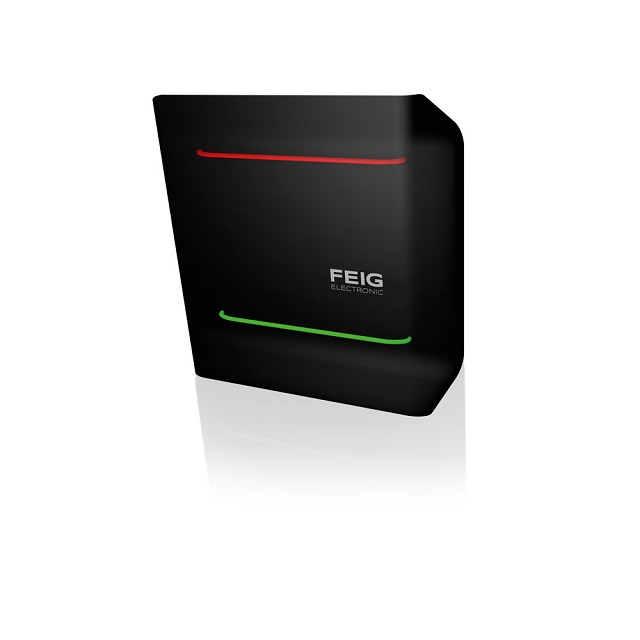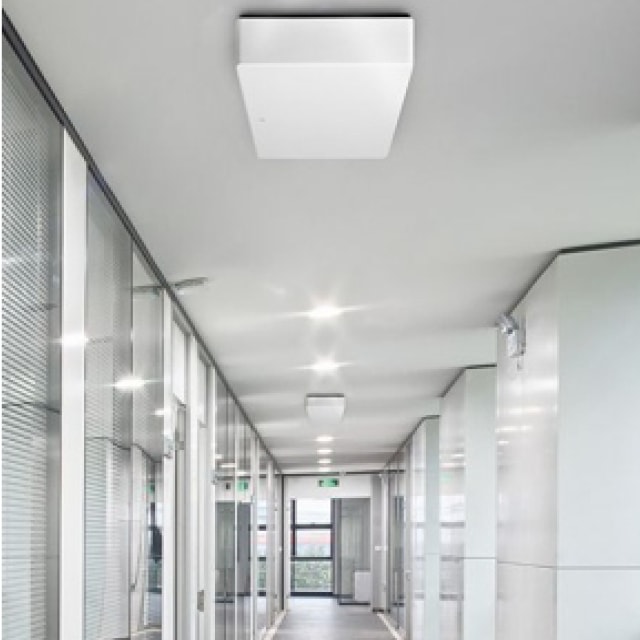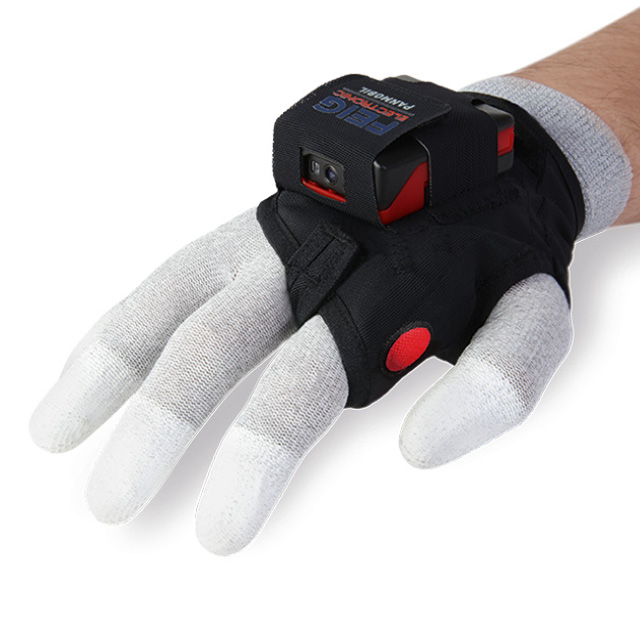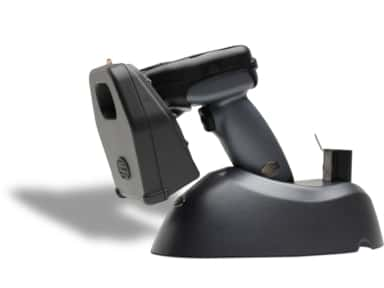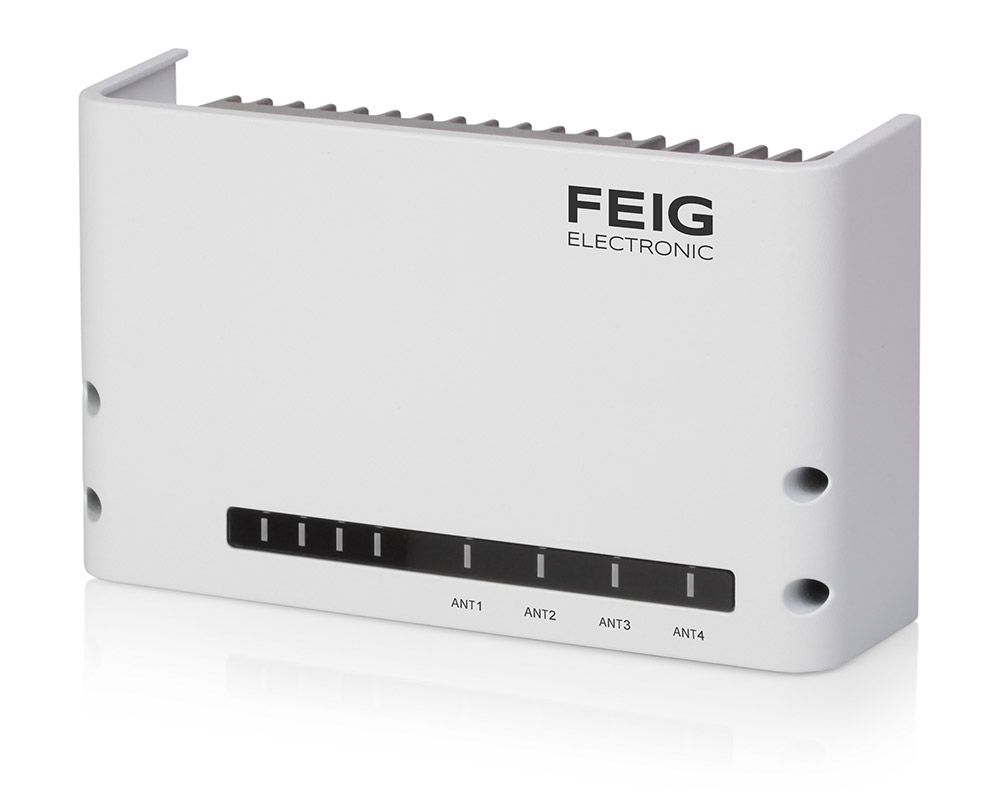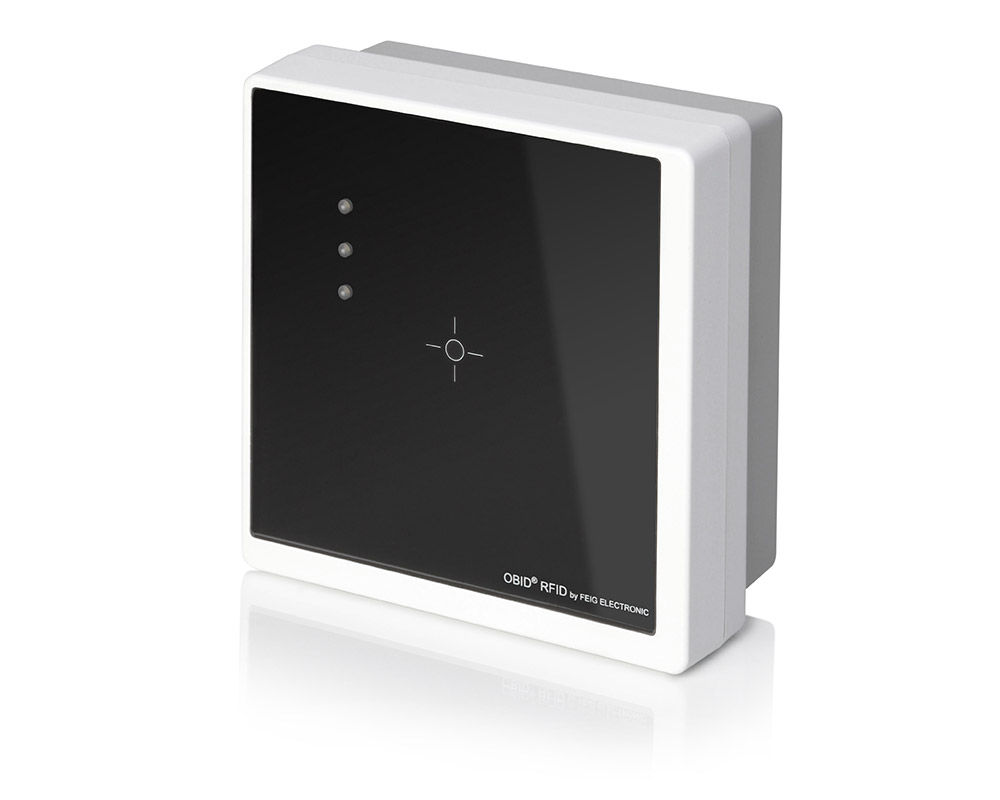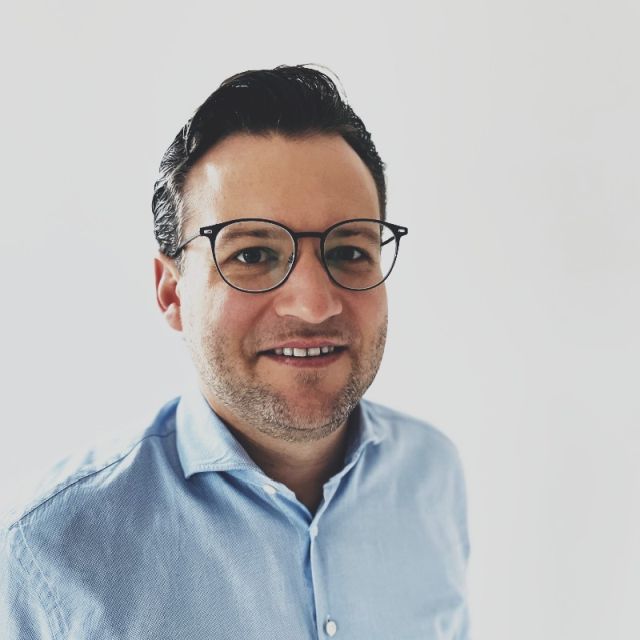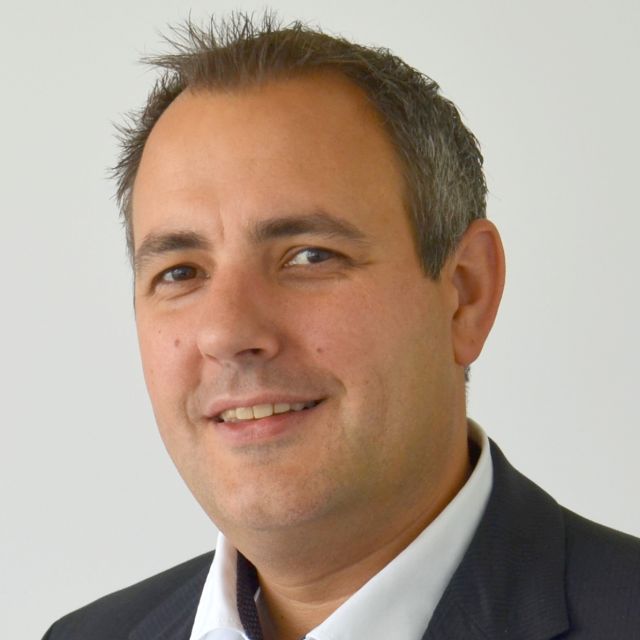Narrow-mesh antenna installation enables 100 percent detection
Al-Ahli Hospital in the heart of Doha, the capital of Qatar, has 250 beds and 25 departments from anaesthesiology to neurosurgery. With the goal of greater transparency in the employee time attendance system, the clinic executive decided to implement a UHF RFID-based solution.
Following the successful implementation, the project has been expanded in several steps: now and in the future Al-Ahli Hospital relies on UHF RFID, from employees' vehicles through their participation in training measures to hospital assets.
Khaled Mohammed Ezz Al-Din, Regional Manager for ID Systems & IT at OGTech, talks about how the implementation of wireless IoT technology is being applied to more and more areas of the hospital.
Fingerprint solution was not satisfactory
Specialising in the treatment of private patients, Al-Ahli Hospital opened in 2004. Approximately 1,500 employees are responsible for the care and treatment of 250 patients in the total of 25 specialized departments as well as the administration and organization of the hospital campus of four buildings approximately 1,500 employees are responsible.
For time recording, a fingerprint solution at the entrances to the buildings was used to authenticate employees. Repeated difficulties with the system prompted the hospital management to implement a new solution in 2015.
Khaled Mohammed Ezz Al-Din, Regional Manager for ID Systems & IT at OGTech, looks back on the launch of the first RFID project in the clinic, which should be followed by more: "Staff reported common problems with the fingerprint based attendance verification in operating theaters and other areas on campus to the hospital management. There were also increasing doubts as to whether the fingerprint solution could permanently meet the hygiene standards required in this working environment."
UHF-RFID for correct timing and pause times
"In an interview with the clinic management, we outlined a UHF RFID-based solution in order to increase the transparency of the processes to the desired level. In addition, the automatic, non-contact detection of employees brings benefits in terms of hygiene, because an active participation in authentication is necessary," explains Khaled Mohamed Ezz Al-Din.
Included in the specifications of the clinic management was an optimised visibility of employees not only for the registration of working hours, but also while working on campus.
"The hospital area includes not only the four buildings but also extensive parking areas. In the past, doctors were sometimes delayed on their way to operations, because they could not find a parking lot, for example. We were also able to present a solution based on UHF RFID for this challenge. Employees receive UHF RFID windshield labels for their cars. Long-range readers record these labels in parking areas specially designed for hospital staff. The barriers are opened and a first stage of time recording starts. This is how the hospital management can ensure that the employee parking spaces are only used by authorised persons."
Employees are captured a second time as soon as they enter one of the buildings. However, the working time only begins when they enter the correct building in which their service is planned. If the employee reaches his or her workplace at the scheduled time, the previous tracking events from the parking space will no longer be saved.
"This way, it is also possible to check the adherence to break times, which are precisely laid down in the employment contracts. Employees who work temporarily at Al-Ahli Hospital can easily print and connect access cards to the system, explains Khaled Mohamed Ezz Al-Din. "We supply the hospital with cards preprinted on the back. On the front the cards can be personalised with a card printer on-site in the hospital."
The employees' own attendance data can be viewed at any time via an interface to the ERP system. "That's why the solution enjoys a high degree of acceptance among its employees: it takes place without their intervention, but at the same time it is completely transparent to all those involved."
Permanent education and training guaranteed
An RFID-based solution is also contributing to ensuring that the level of knowledge required by the clinic's management is continuously improved. "For this special application, we have developed a handheld application for the training events," explains Khaled Mohamed Ezz-El Din.
"The lecturer enters the title of the event, and the handheld – which comes from ATID – automatically downloads the list of participants." At the touch of a button at the beginning and end of the session, the presence of all participants can be verified directly via their employee ID card.
"This ensures that all employees receive the necessary training for their activities and are always up to date."
Narrow-mesh antenna installation enables 100 percent detection
"UHF RFID not only offers the required reading ranges of up to ten meters for the applications implemented so far, but also the consumables are cost-effective and maintenance-free," Khaled Mohamed Ezz-El Din emphasises the advantages of the selected technology. Although theoretically an antenna would have been sufficient at the driveways and building entrances, OGTech relied on the Multiplexer from Feig Electronic.
"The external Multiplexer allows the connection of multiple antennas to a reader – which also comes from the long-range portfolio of Feig Electronic. Today, the main entrance with a width of around ten meters is covered by a total of eight antennas. With smaller entrances and simple back doors, two antennas suffice. The large number of antennas makes it possible to record every employee badge that passes through each input, independent of the orientation of the transponder in the badge."
"Lean" middleware creates sustainable integration
"The clinic management has set a high standard by implementing a high-performance tracking solution that at the same time generates as little effort as possible in the connection to existing systems," Khaled Mohamed Ezz-El Din reports, stating: "OGTech has an individual approach to customisable middleware. Based on this, we have only added one component to the clinic's own ERP system during RFID integration - the data-side mapping of the long-range RFID identification."
In addition to the software-based connection, OGTech also contributed to the required aspects through implementation of the clinic's business logistics. "The tracking includes whether an employee just drove into the parking lot, but did not enter the building, if they were in the wrong building, and when they left the hospital building after hours – not only when they left the parking lot."
Tracking is further developed in a modular way
The IT department can monitor all RFID installations in real time. This is to ensure that no tracking data is lost in the event of a malfunction. Based on the positive experiences with RFID technology in time recording and access control, the hospital wants to optimise further processes with UHF RFID.
Khaled Mohamed Ezz-El Din states: "In the beginning, the tracking solution was used to record only the employees' working hours. The system was then expanded to include KPIs and access control at the employee parking spaces. These are additional addons to an existing base solution, not just full-fledged new projects."
The most recent of the added features is the capture of employees in internal training events. "We did not implement this module until 2018."
Expanding on asset management is the next goal
OGTech, together with the hospital management of Al-Ahli Hospital, is planning an extension of the use of RFID in further work processes. The focus is currently on hospital asset management, says Khaled Mohamed Ezz-El Din.
"We have already installed numerous checkpoints on the ground floor for the collection of employees. Based on this existing infrastructure alone, we can track the movements of assets between buildings." If assets are removed without proper authorisation or – unplanned – moved to another building on campus, the appropriate action can be taken immediately. In order to obtain localisation information about the assets within the other floors, a handheld application can be added as a module.
"So we can implement an inventory system, as we have already realised in a similar way for the document management in the prosecutor of Qatar. The asset data can also be used for maintenance and repair work." RFID-based asset tracking is to be rolled out to all major assets in 2019. "Even the tracking of surgical instruments is already being considered," Khaled Mohamed Ezz-El Din predicts.


